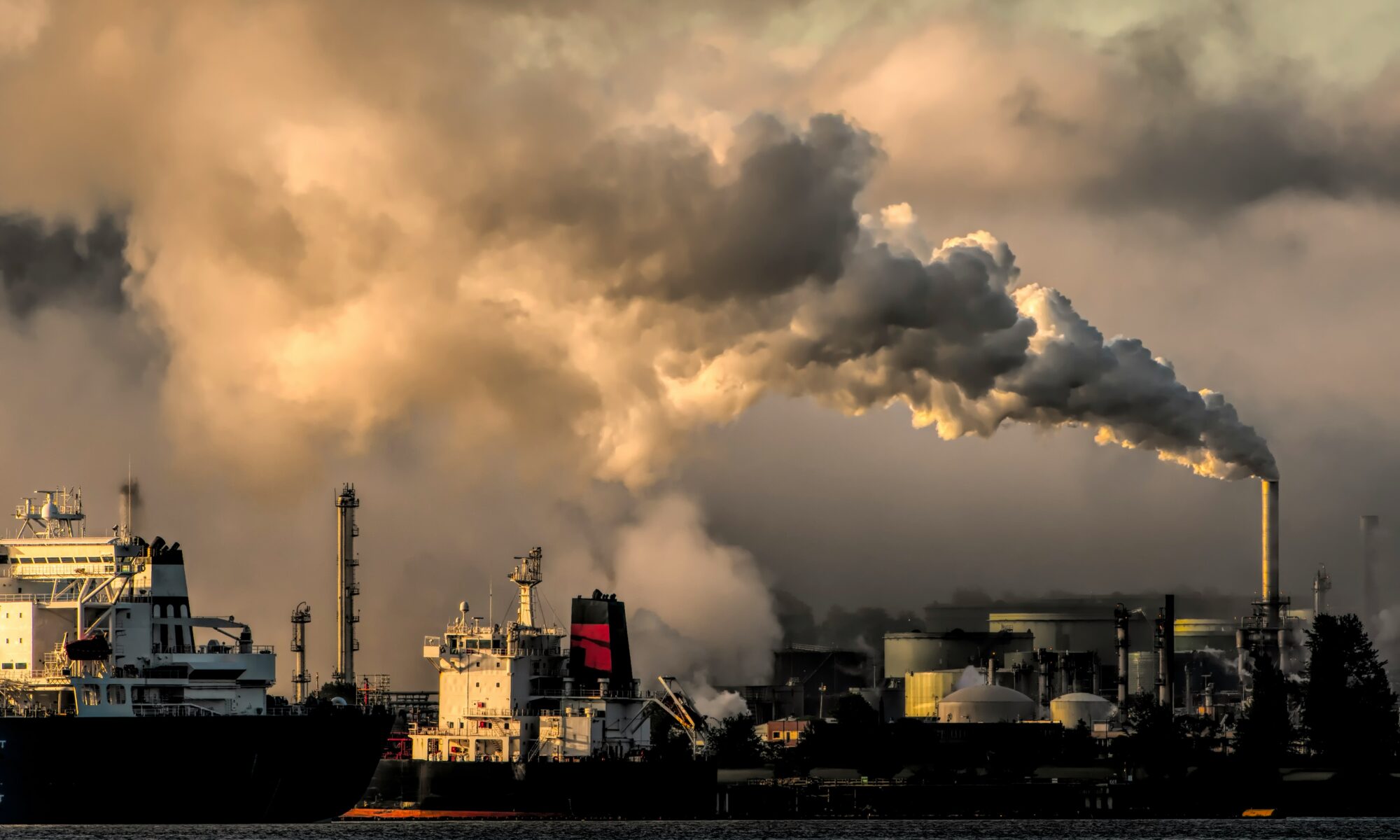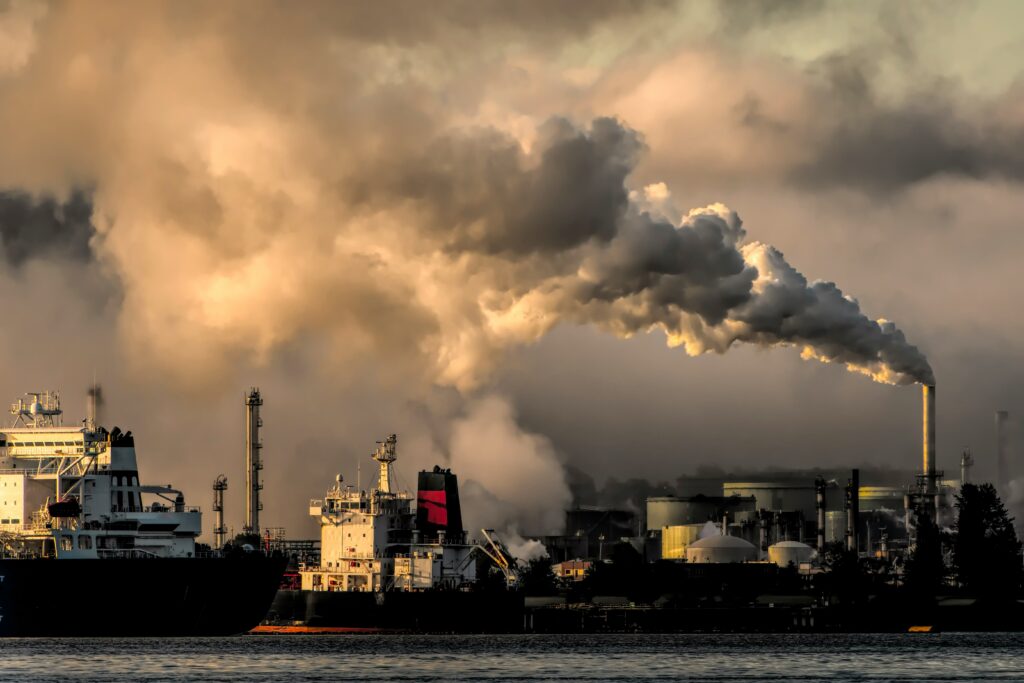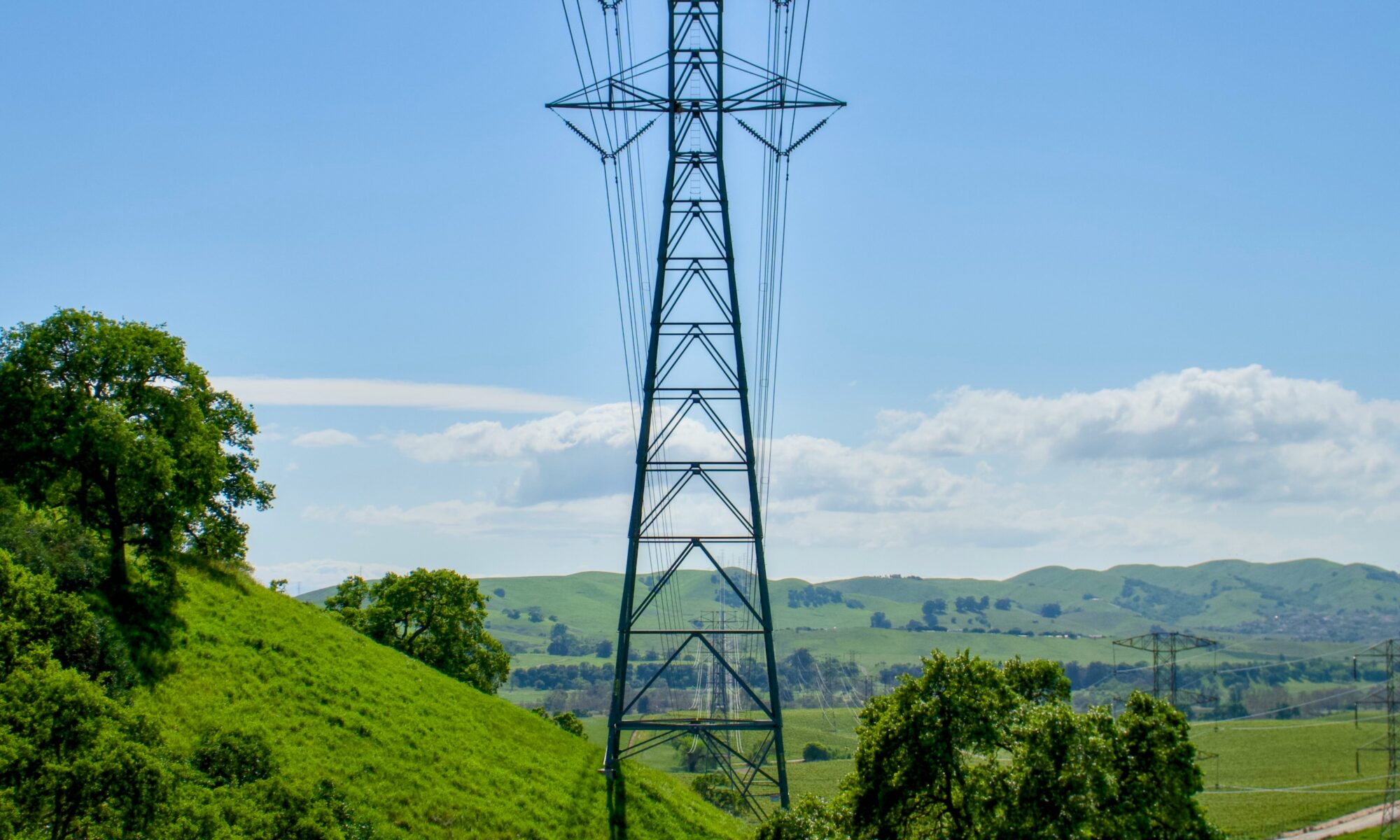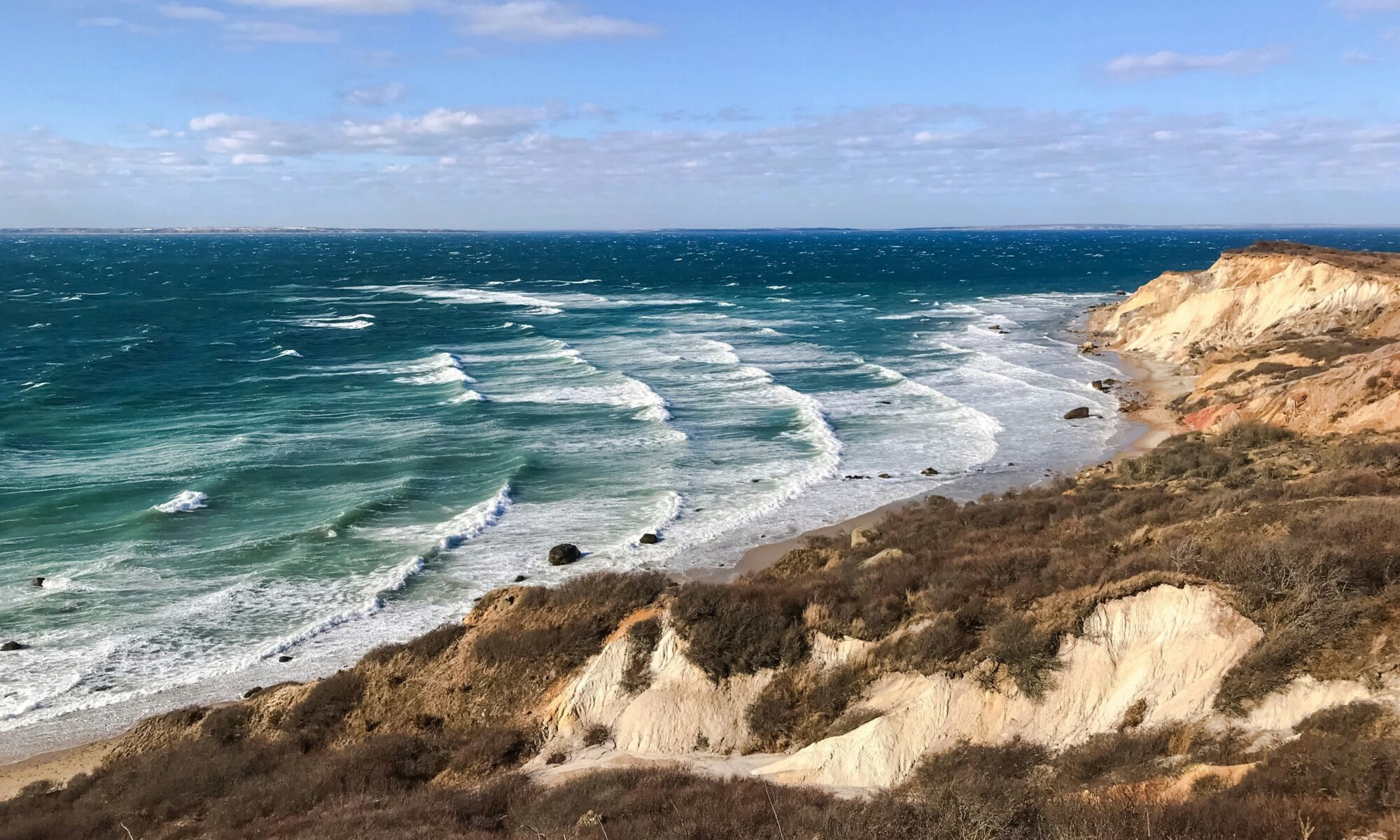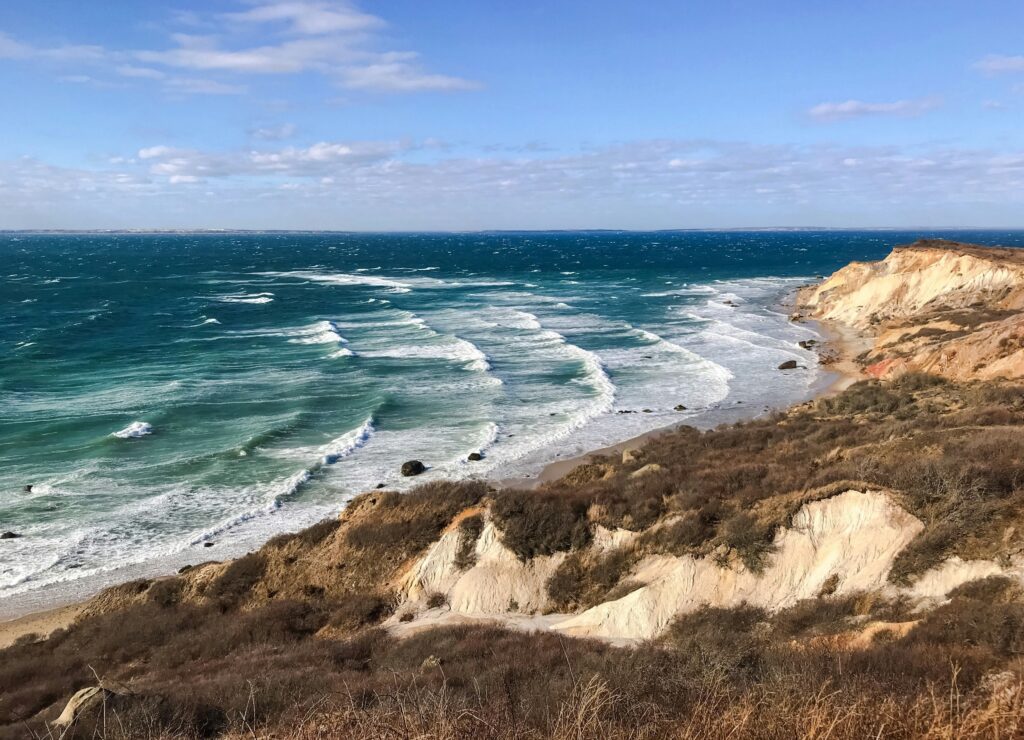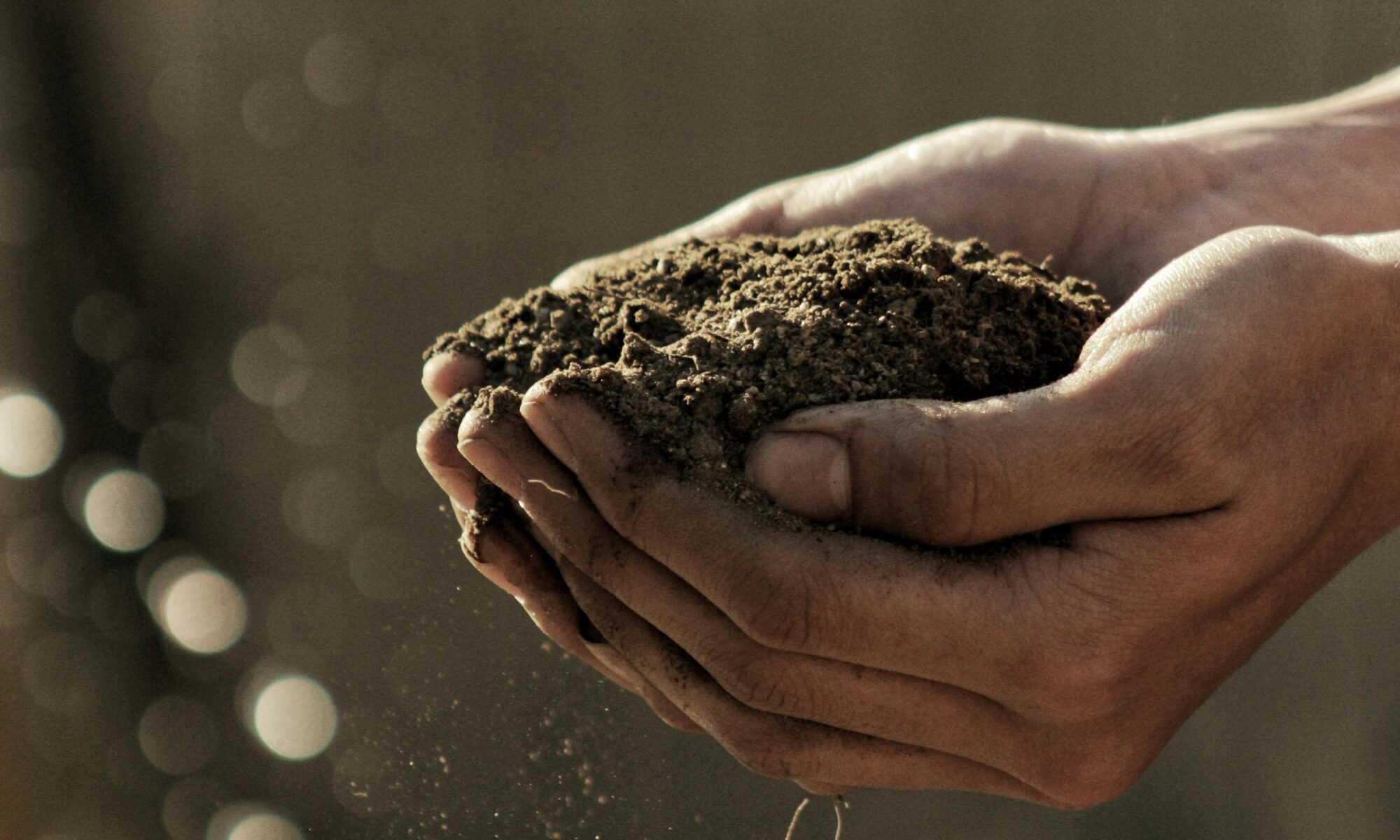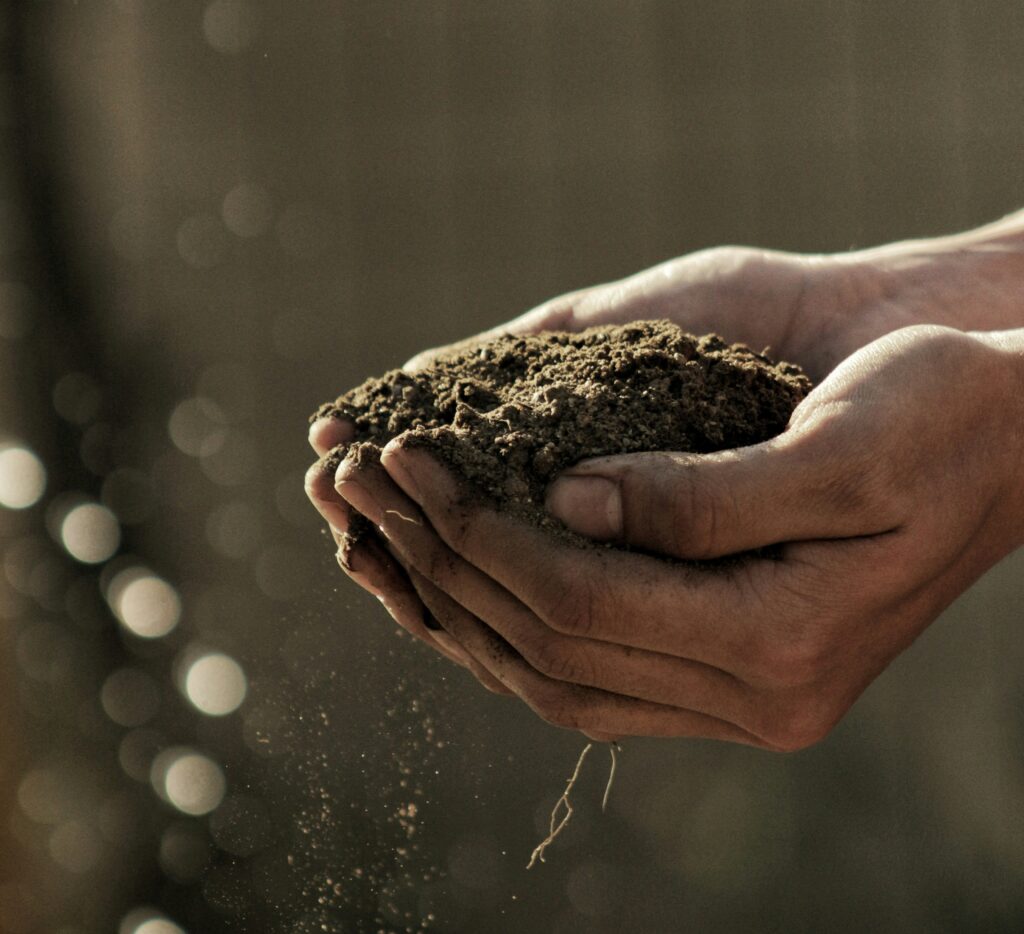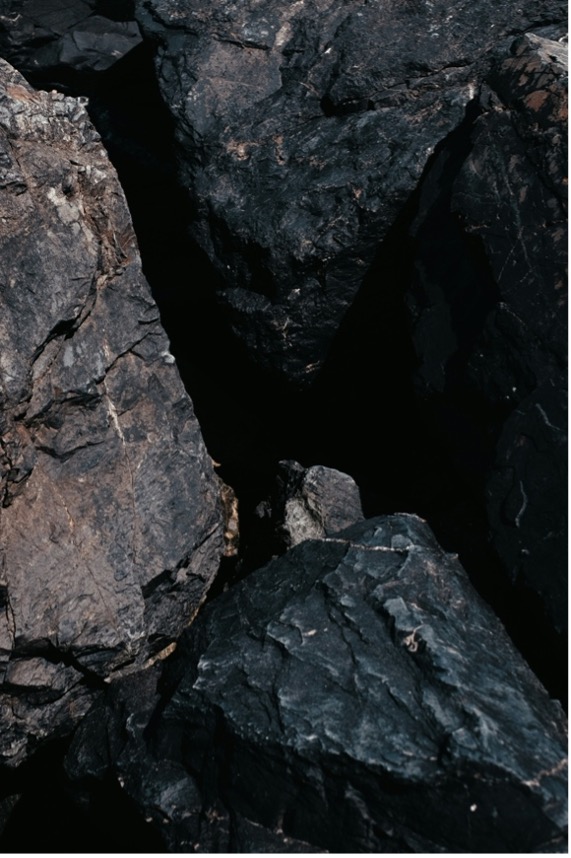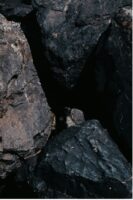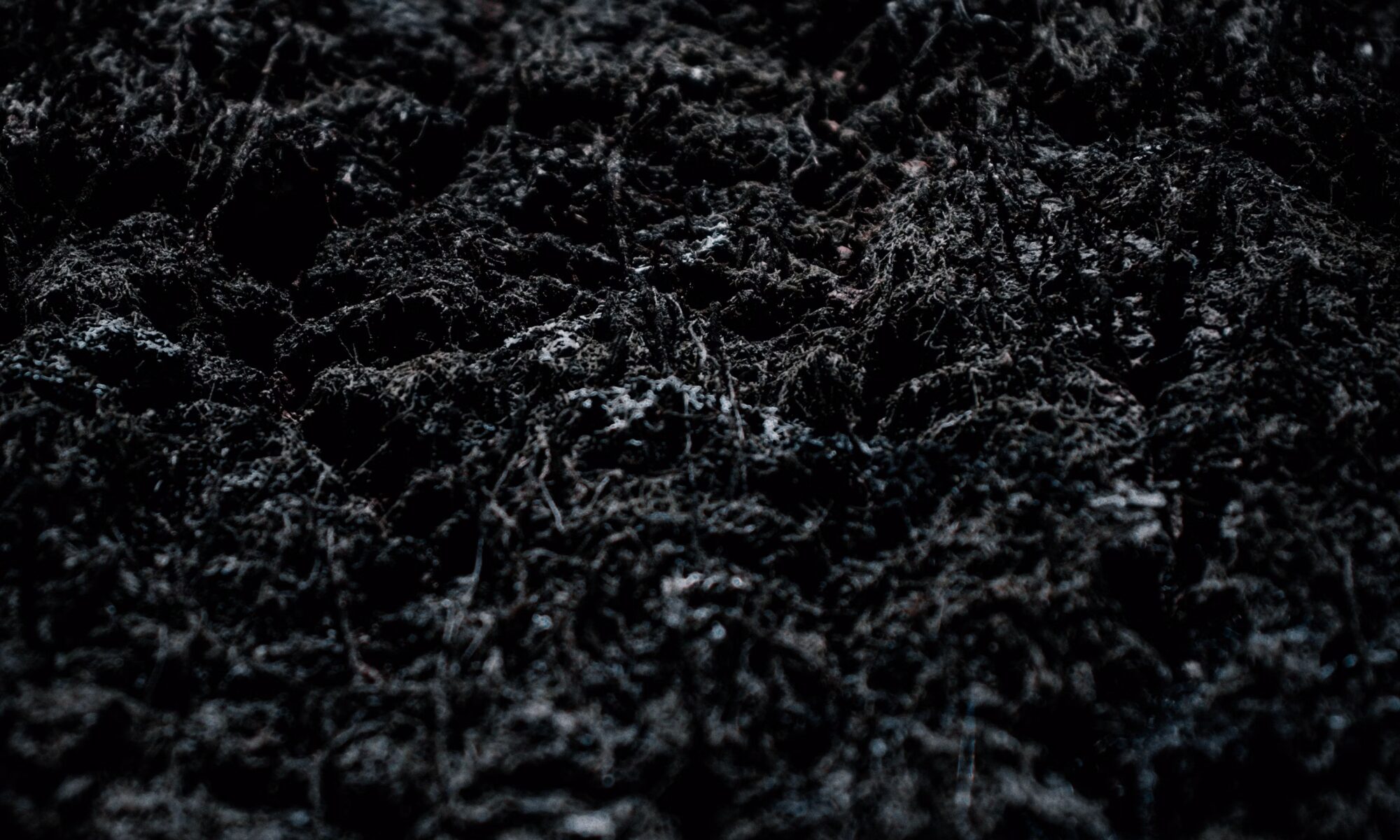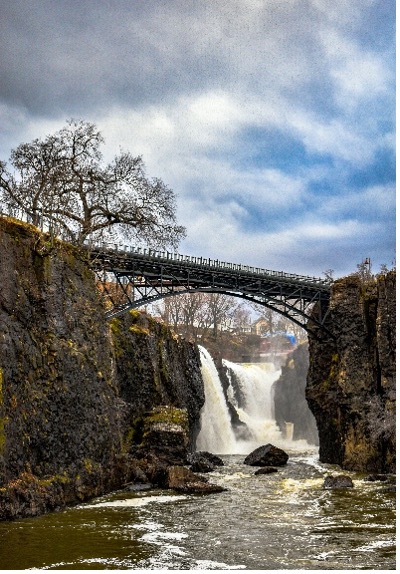
The “Space Race” Sequel: At What Cost for Global Dominance?
By Eden Reynolds
While the excitement surrounding potential benefits of Artificial Intelligence (AI) like increasing work productivity,[1] generating cute pictures and videos on social media, or other contributions to “harmless” activity, the implications that follow AI use are difficult to ignore. AI requires computational power. This power demands a staggering amount of electricity and strains municipal water supplies that disrupt local ecosystems.[2] AI’s rise negatively impacts the environment. The consequences of these impacts will worsen without policies regulating technology and data centers.
AI’s rapid development models come with serious environmental repercussions.[3] ChatGPT, for example, uses anywhere from ten to 30 times more energy than a regular internet search.[4] Data centers house and power servers required by AI models.[5] These facilities consume a considerable amount of energy and generate a substantial Carbon footprint because the data center must remain temperature-controlled.[6] Globally, scientists measured the electricity consumption of data centers rose to 460 terawatt-hours in 2022.[7] Data centers fall in the 11th largest electricity consumer in the world.[8] Besides the energy supply, data centers use water for cooling by absorbing heat from computing equipment.[9] For each kilowatt hour of energy a data center consumes, it requires two liters of water for cooling.[10]
Data centers not only consume outrageous amounts of energy and water, but they also produce electronic waste (e-waste), which often contain hazardous substances.[11] This e-waste makes valuable metals, like iron, gold, and silver, recoverable to help the economic case, but recycling e-waste is costly because safely handling the hazardous material is difficult.[12] Part of this impact falls on marginalized communities.[13]
The collective costs of AI and data centers are disproportionately harming Black households.[14] Black communities face the harshest pollution exposure from data centers.[15] For example, in Spartanburg County, South Carolina, this rural community attracted technology companies for data centers because of their low population densities, available space, and affordable low energy and land costs.[16] The Spartanburg County data center emits harmful air pollution without enforceable limits.[17] This data center overburdens the community with environmental and health impacts.[18] Statistically, Black people use the least amount of electricity nationally yet experience the highest energy burden.[19] Meaning, their utility bills will increase as much as $40 to $50 mainly due to data centers.[20] This research suggests that the Black communities in rural South Carolina, and other marginalized communities nationally, will face health and financial burdens at the cost of data center development.[21]
In Europe, lawmakers recognized the potential for disproportionate harm against marginalized communities. The European Union (EU) established the first comprehensive AI regulation framework in April 2021.[22] Parliament intended for AI systems to be safe, transparent, traceable, non-discriminatory and environmentally friendly.[23] The EU believes that people should oversee the AI systems, rather than automation.[24] If people supervise the AI systems, then the environment and economy benefit.[25] The EU strategically split the AI Act into two categories: unacceptable risk and high-risk.[26] The different risk levels entail different rules.[27]
The EU banned unacceptable risk AI applications entirely.[28] The prohibited AI usage includes: (1) cognitive behavioral manipulation of people or specific vulnerable groups; (2) social scoring AI that classifies people based on behavior, socio-economic status, or personal characteristics; (3) biometric identifying that exploits vulnerabilities; and (4) real-time identifying systems, such as facial recognition in public spaces.[29] The EU allows some exceptions for law enforcement purposes, but those require court approval first.[30] The EU classified these AI systems as unacceptable risks because the systems pose a clear threat to people’s safety and privacy.[31]
The EU permits but heavily regulates high-risk AI systems to ensure it meets strict safety standards.[32] The EU divided high-risk systems into two categories.[33] First, the EU’s product safety legislation that uses AI systems.[34] Second, the EU databases with registered, specific AI systems.[35] The AI used in specific fields that impact fundamental rights are: (1) critical infrastructure, (2) education, (3) employment, (4) essential public and private services, and (5) law enforcement assessing reliability of evidence.[36] The high-risk AI carries a significant risk of harm but is not inherently incompatible with EU values.[37] The EU considered citizen’s health, safety, and fundamental rights in critical areas when forming these strict rules on risk management, data governance, and transparency.[38] The EU implemented the unacceptable risk and high-risk policies to regulate the technology;[39] and therefore, the EU sought to help the marginalized communities affected by harm imposed by AI systems.[40]
If the EU acknowledges the harmful impact that AI systems create on its communities and enacts legislation with the intent to mitigate these damages, then that begs the question, what is America doing for its people? Frankly, the country has room to improve. The White House released America’s AI Action Plan in July 2025.[41] The White House stated that America is in a “Space Race” to achieve global dominance in AI.[42] America’s AI Action Plan has three objectives: (1) accelerate AI innovation, (2) build American AI infrastructure, and (3) lead in international AI diplomacy and security.[43] These objectives must coexist to meet America’s goal of global AI dominance.[44] However, the recommended policy actions counteract mitigating infrastructure pollution.[45] America wants to establish a new Categorical Exclusions under the National Environmental Policy Act to cover data center-related actions;[46] where the government believes data centers do not have a significant effect on the environment.[47] And where would these data centers and infrastructure be built? Likely in the rural, underserved communities because there is space, property affordability, and decent service.[48] Evidence supports that data centers do negatively impact the environment and surrounding communities.[49] The data centers exhaust an enormous amount of energy, generate a substantial carbon footprint, deplete water sources, and release hazardous waste and pollution into the surrounding regions.[50]
Therefore, America should take a page out of the EU’s book and target its policies towards serving the American people. Marginalized communities do not want infrastructure near their homes, because they know the effects it will have on their health.[51]
[1] Adam Zewe, Explained: Generative AI’s Environmental Impact, MIT News (Jan. 17, 2025), https://news.mit.edu/2025/explained-generative-ai-environmental-impact-0117.
[2] Id.
[3] Id.
[4] Adam Mahoney, America’s Digital Demand Threatens Black Communities with More Pollution, Capital B (Feb. 25, 2025), https://capitalbnews.org/ai-data-centers-south-carolina-black-communities/.
[5] Sophie McLean, The Environmental Impact of ChatGPT: A Call for Sustainable Practices in AI Development, Global Commons (Apr. 28, 2023), https://earth.org/environmental-impact-chatgpt/.
[6] Id.; Zewe, supra note 1.
[7] Zewe, supra note 1.
[8] Id.
[9] Id.
[10] Id.
[11] AI has an environmental problem. Here’s what the world can do about that, U.N. Env’t Programme (Sept. 21, 2024), https://www.unep.org/news-and-stories/story/ai-has-environmental-problem-heres-what-world-can-do-about.
[12] Casey Crownhart, AI will add to the e-waste problem. Here’s what we can do about it, MIT Tech. Rev. (Oct. 28, 2024), https://www.technologyreview.com/2024/10/28/1106316/ai-e-waste/.
[13] See Mahoney, supra note 4.
[14] Mahoney, supra note 4.
[15] Id.
[16] Id.; Spartanburg County data center could emit harmful air pollution without enforceable limits, S. Env’t. L. Ctr. (Aug. 18, 2025), https://www.selc.org/press-release/spartanburg-county-data-center-could-emit-harmful-air-pollution-without-enforceable-limits/ [hereinafter SELC].
[17] SELC, supra note 16.
[18] Id.
[19] Mahoney, supra note 4.
[20] Id.
[21] Id.
[22] EU AI Act: first regulation on artificial intelligence, European Parliament (June 8, 2023), https://www.europarl.europa.eu/topics/en/article/20230601STO93804/eu-ai-act-first-regulation-on-artificial-intelligence.
[23] Id.
[24] Id.
[25] Id.
[26] Id.
[27] Id.
[28] Id.
[29] Id.
[30] Id.
[31] Id.
[32] Id.
[33] Id.
[34] Id.
[35] Id.
[36] Id.
[37] Id.
[38] Id.
[39] Id.
[40] Id.
[41] President Donald Trump, Winning the Race, Am.’s AI Action Plan (July 2025), https://www.whitehouse.gov/wp-content/uploads/2025/07/Americas-AI-Action-Plan.pdf.
[42] Id. at 1.
[43] Id.
[44] Id.
[45] Id. at 14.
[46] Id.
[47] Id.
[48] Mahoney, supra note 4; SELC, supra note 16.
[49] Id.
[50] Zewe, supra note 1.
[51] SELC, supra note 16.

